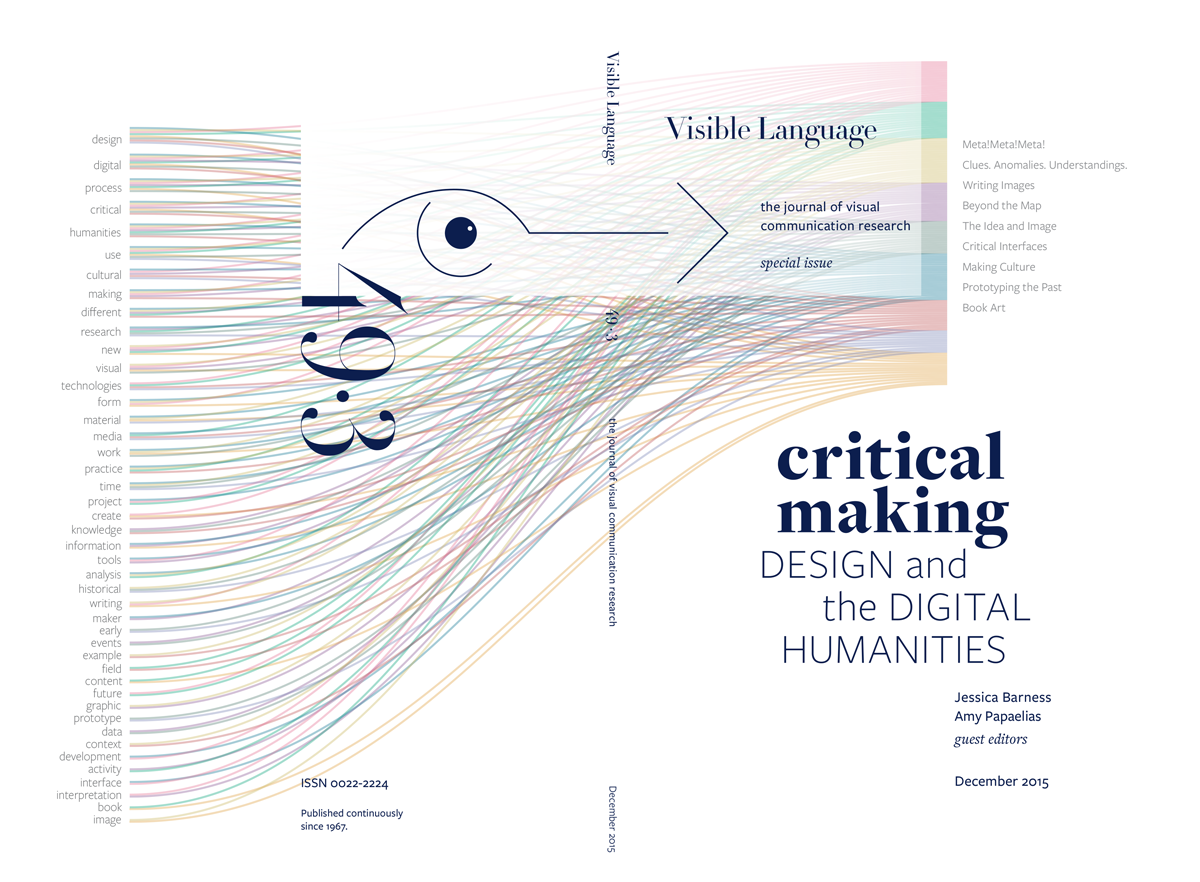Clues. Anomalies. Understanding. Detecting underlying assumptions and expected practices in the Digital Humanities through the AIME project
Abstract
Imagine a collective inquiry presenting its results before the collaboration has even started; an academic book without footnotes and references; an open, on-and-off-line platform to collaborate with peers where all must subscribe to a strict protocol to express their ideas. This is the AIME (An Inquiry into Modes of Existence) project. It is an experimental intertwining of analog and digital practices often contradicting the norms and formats they belonged to, thus creating expectations and protestations from different communities of users. Adopting a critical position toward the project, we multiplied the listening devices to collect these accusations. We propose, here, to reframe them as clues to detect the different practices and assumptions at work in collaboration-based projects, design, and Digital Humanities communities. This paper details the methodical activity of collecting clues, grouping them in specific anomalies, then explicating the choices that generated them. In a situation where Digital Humanities are still delineating their position and role in the wider academic environment, our way to study the AIME project will help reframe the role of experiments in the Digital Humanities. This study about AIME enables an understanding of some underlying assumptions and expectations in Digital Humanities. This article has a digital component available at http: //bit.ly/dhanomaliesDownloads
Published
2015-11-01
Issue
Section
Journal Article

